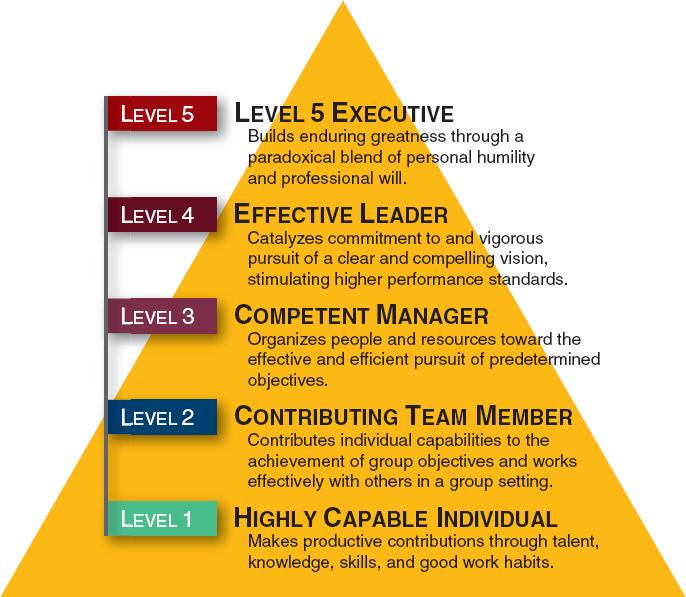- Joey’s Book Report: Good to Great by Jim Collins
In an effort to do more than just regurgitate URLs from other websites, I will share my thoughts from books from time to time.Good to Great essentially shows the difference between companies that exceed solid market performance and are able to grow in value 3 to 4 times over their other successful competitors.
The major theme of the book is that these companies did well because they had strong (and generally humble) leaders that had a singular vision and stuck with it and that they developed solid succession plans. The term the book uses is Level 5 Leadership.

The singular vision morphs into the Hedgehog concept. It is one thing you are really good at and can defend from all angles. Other might come and attack, but they will keep being deterred due to strong strategy and defense.
In his essay, he argued that foxes are sleek and shrewd animals that pursue many goals and interests at the same time. Because of this wide variety of interests and strategies, their thinking is scattered and unfocused, and they are limited in what they can achieve in the long run.Hedgehogs, however, are slow and steady, and people often overlook them because they’re quiet and unassuming. But, unlike the fox, they are able to simplify the world and focus on one overarching vision. It’s this principle that guides everything they do, and helps them succeed against all odds.
I enjoyed this book. It belabors some ideas way too much and most of the companies Collins calls out as great have completely destroyed themselves since 2001 (Circuit City, Fanny Mae). But the book itself says it isn’t about the companies, it is about the idea of having solid leadership and strategies – principles that these companies abandoned over the years and paid for it dearly.
- Accel Bets Big On Startup-To-Startup APIs
Developers are constantly posed with the question of whether to buy or build. You either pay for a specialized API or you spend the resources trying to replicate them. But as the cogs get more complex, and the talent wars rage on, in-house development keeps looking slower and more expensive.
http://techcrunch.com/2015/03/18/battle-for-the-building-blocks/
- Industries where network matters and where it does not:
Computing and gaming is really high, cosmetics and textiles are low
http://blog.linkedin.com/2015/03/09/industries-where-your-network-matters-more-than-you-think/


